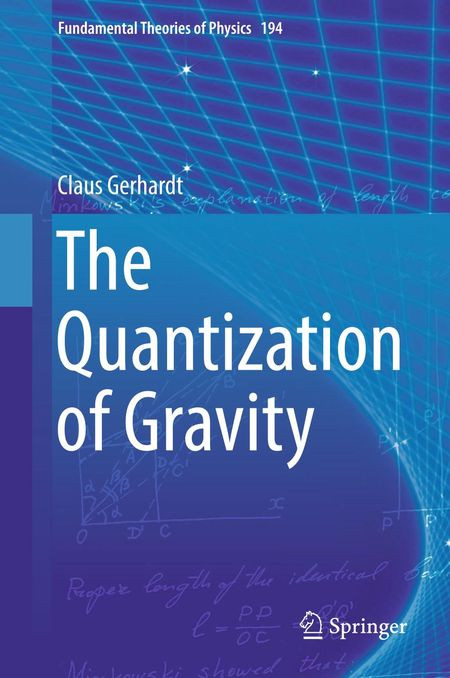

Most ebook files are in PDF format, so you can easily read them using various software such as Foxit Reader or directly on the Google Chrome browser.
Some ebook files are released by publishers in other formats such as .awz, .mobi, .epub, .fb2, etc. You may need to install specific software to read these formats on mobile/PC, such as Calibre.
Please read the tutorial at this link: https://ebookbell.com/faq
We offer FREE conversion to the popular formats you request; however, this may take some time. Therefore, right after payment, please email us, and we will try to provide the service as quickly as possible.
For some exceptional file formats or broken links (if any), please refrain from opening any disputes. Instead, email us first, and we will try to assist within a maximum of 6 hours.
EbookBell Team

4.3
48 reviewsA unified quantum theory incorporating the four fundamental forces of nature is one of the major open problems in physics. The Standard Model combines electro-magnetism, the strong force and the weak force, but ignores gravity. The quantization of gravity is therefore a necessary first step to achieve a unified quantum theory. In this monograph a canonical quantization of gravity has been achieved by quantizing a geometric evolution equation resulting in a gravitational wave equation in a globally hyperbolic spacetime. Applying the technique of separation of variables we obtain eigenvalue problems for temporal and spatial self-adjoint operators where the temporal operator has a pure point spectrum with eigenvalues λ and related eigenfunctions, while, for the spatial operator, it is possible to find corresponding eigendistributions for each of the eigenvalues λ, if the Cauchy hypersurface is asymptotically Euclidean or if the quantized spacetime is a black hole with a negative cosmological constant. The hyperbolic equation then has a sequence of smooth solutions which are products of temporal eigenfunctions and spatial eigendistributions. Due to this "spectral resolution" of the wave equation quantum statistics can also be applied to the quantized systems. These quantum statistical results could help to explain the nature of dark matter and dark energy.